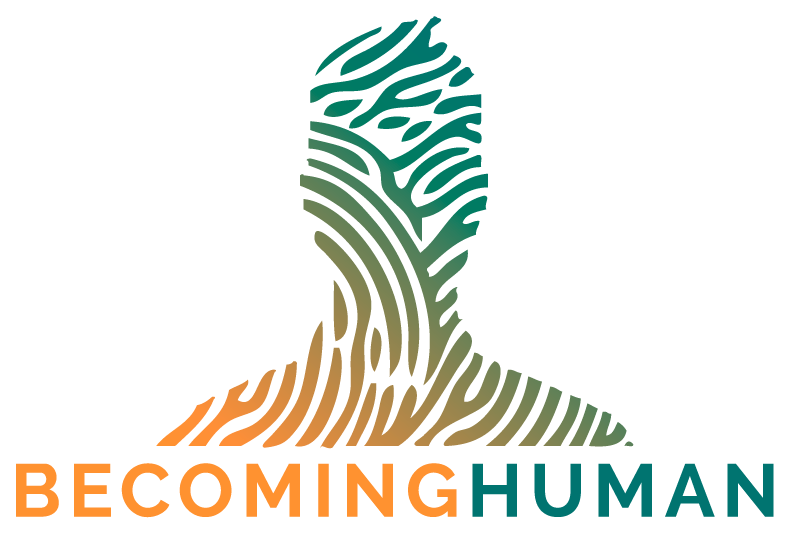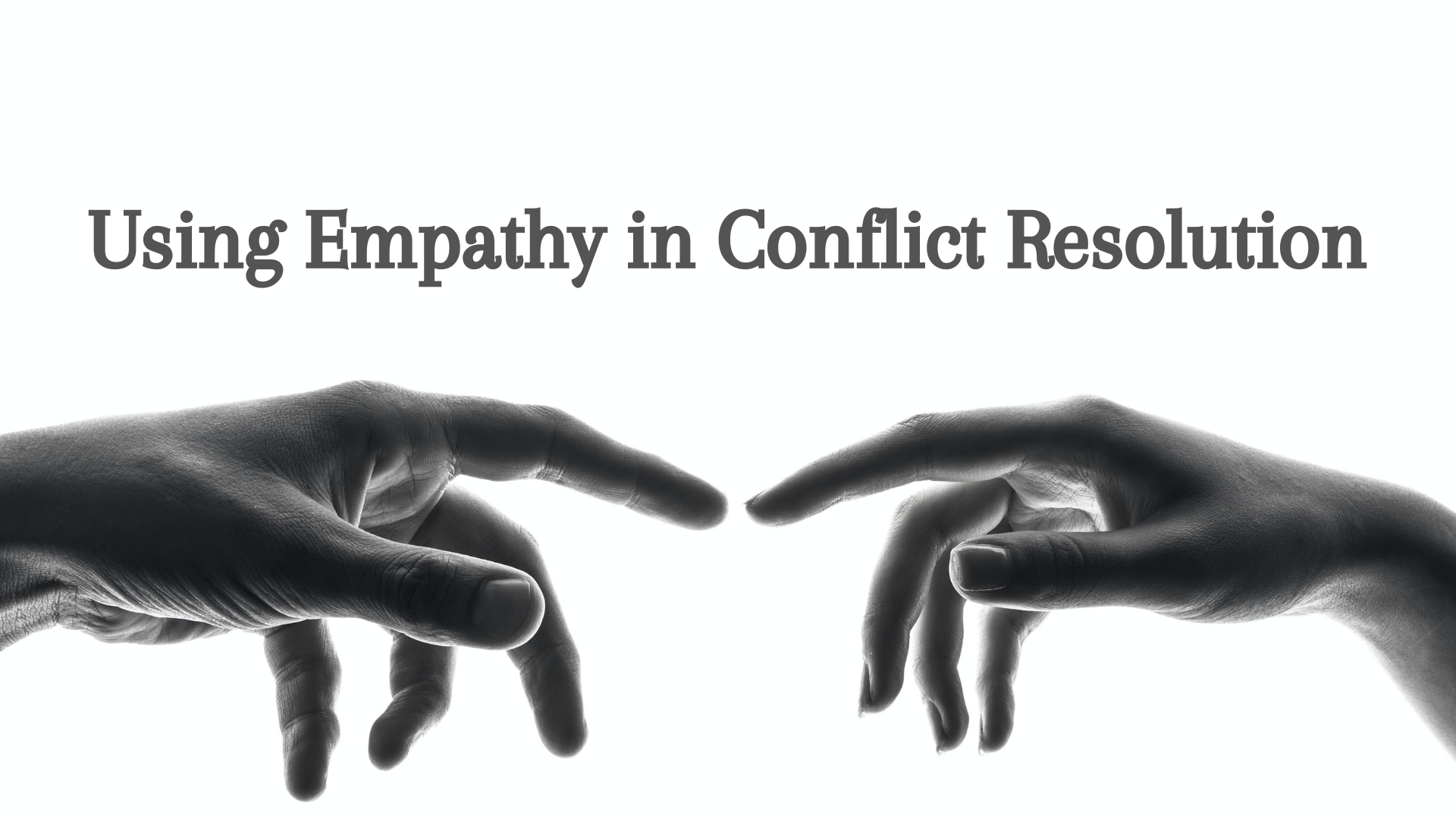Four Approaches to Change
/Two Ain’t So Good for the Soul
Introduction
I recently made a case that change is inevitable — it’s gonna happen.
The question isn’t, “Can we change?” but, rather, “How will you change?” Once you start here, the opportunity emerges to actually determine your trajectory.
Alas, I wanted to offer four approaches I commonly see because the approach one carries into the experience will vastly shape the health and the success of the attempt.
The technical jargon being employed here comes from the field of psychology, specifically cognitive-behavioral therapy and psychoanalytic psychology. Humans tend to — in the midst of uncertainty, danger, difficulty, conflict, and change — use defense mechanisms to protect ourselves and make the daunting overly simple. The best articulation I have seen is the dichotomy of reactive versus proactive responses.
Reactive responses are a sort of defense mechanism that, to put it plainly, attempts to circumvent the problem; going around the issue. From apathy to revenge, we deal with issues and engage in change by redirecting the problem elsewhere.
Proactive responses, in contrast, are ways in which we acknowledge, own, and work through the situation so as to transform the current predicament into a vital semblance of being.
That conversation deserves its own space so please allow me to simplify this concept and focus specifically on four of these approaches that are best suited and most common in the experience of change.
Reactive Approaches to Change
To start, I’m going to use an illustration of a river. I’m definitely leaning on Heraclitus — my favorite pre-Socratic philosopher — but I think this metaphor helps paint the picture of the four approaches and it is simply put:
You, in your existential traversing of the landscape of life, are confronted by a flowing river (that, according to Heraclitus, best represents change). Whatsoever are you going to do?
Romanticization
You see the river and instead of proactively envisioning your future route, you simply hand dig diversions in the river, expediting its natural geological change, and as weathering and erosion with rivers go, you end up destroying the contours of the river until the water is gone.
Approaching change with romanticization is using change as an escape.
You approach a situation and place irrational optimism on change because it just might solve another problem. You artificially fabricate, often unnecessarily, change with ulterior motives by either making stuff up (to neglect the real problem) or using a change to deflect other pressing realities.
How often do we live in the space that, “If I just…then everything will be fine.” We divert our attention to the undisclosed potentiality because it is easier to solve problems with that which does not yet exist; we live in the future so as to not confront the present or deal with the past.
Changing something for the sake of a different experience than what currently sucks might prove impulsively and immediately gratifying, but you will tread to cool, new territory still weighed down with the same baggage. What are running from?
So, beware: New is not always better.
Don’t change because you think you, as a person, are wrong. Don’t change because you are rejecting something you don’t want to deal with and obscenely justifying the new. Don’t change because you just like change and are avoidantly trying to solve existential problems.
Nostalgia
The opposite of romanticization, we approach the river and sell ourselves the narrative that the river won’t change; so we set up a nice little home right on the banks with eternal intentions only to find that, eventually, the river’s course will erode the ground under our feet and our preferred landscape will no longer exist.
Instead of using change as an escape, this approach ignores change as a means to escape.
We prefer the predictable, stable familiar and we hesitate to embark on uncharted territory. Therefore, to maintain what we know and what is comfortable we stop moving; ignorant that the world has not stopped moving. While romanticization has a fear of the known, nostalgia fears the unknown. We want to keep things here either because we are scared of what lies ahead or because we just want this to last forever.
But it won’t.
And we cement our lives as a harbinger of our own demise.
Like being in a moving vehicle, we just take our hands off the wheel and, in turn, we drift towards destruction as the road continues to ebb and flow before us.
Proactive Responses to Change
What ought we do, then? Simply put, we need to pay attention to what is unfolding around us and within us and use our agency to move in the healthiest direction possible.
Remember, the concern here is determining how we will change and if the reactive responses aren’t the best options, what are the proactive responses that will help inform a healthy, transformative trajectory?
The first conceptualization is intentionality.
You don’t become healthy and positively resolve a conflict by accident. If we fail to pay attention to the road and fail to use our agency to steer, we will drift toward whatever is easiest, most comfortable, and convenient — which is rarely what is best. As was stated by the Stoic philosopher Epictetus,
“If you doze but a little, all that you have amassed up until now leaves you. Keep awake, then, and watch your life.”
Whoever you are going to become is the result of hundreds of thousands of decisions. Either we will let those things happen to us or we will use the power we have to craft them into a beautiful story.
I would frame these two specific approaches as questions, then, to help determine the direction you will go as you approach the river of change. These are not the only approaches, but they are the most common and they have wondrous ability to inform a healthy relationship to change.
What Needs to Grow?
This approach begins with positive possibility and is most notable for those who tend towards nostalgia. As you examine the uncharted territory that lies beyond the river, what do you have that will — if nurtured, developed, and focused on — assist the journey through the raging waters and catalyze the direction of your story?
Change does not have to be a process of elimination. If you find yourself enjoying how things are but are honest about the inevitability of change, then how do you take what is and nurture it to the next rendition of itself on a new landscape? You hold it, but hold it loosely and allow it to grow. If that thing or lifestyle or perspective has brought you life, how much more is possible if you put your attention on it well? — because wherever you put your attention will compel your movement.
What Needs to be Different?
What about where you are isn’t working? This approach mostly contrasts the romanticized escape artist who refuses to cross the river because there is much keeping them from doing so well, but it also confronts those of us stuck in our comfort; especially if our comfort is actually killing us. Often, we stay where we are because it is easier, not because it is better. We would rather die with ease than be disrupted with difficulty.
As you approach the river, then, what needs to be put down so as to make a successful crossing possible? This process is one of the most demanding experiences of humanity — moving through our messes and imagining a different future. It takes work.
But it is better than escaping and it avoids the inevitable destruction that will occur if we just stay put.
Fortunately, there are very tangible ways to approach this hard work; practical steps to make the enormity possible. But we will save that for another time.
For now, what do you need to put down and what do you need to grow in the face of inescapable change?
Confronting these questions will give you the trajectory for how you will change.
Transformation awaits those who dare ask these life-altering questions.











![Three Reasons We're Lonely - [And Three Responses For Being Less So]](https://images.squarespace-cdn.com/content/v1/5963d280893fc02db1b9a659/1651234022075-7WEKZ2LGDVCR7IM74KE2/Loneliness+3+update+%283%29.png)





























